Thessaloniki gets ready for its metro launch in November
The underground rapid transit lines have been under construction for almost two decades due to various project delays
 TheMayor.EU logo
TheMayor.EU logo 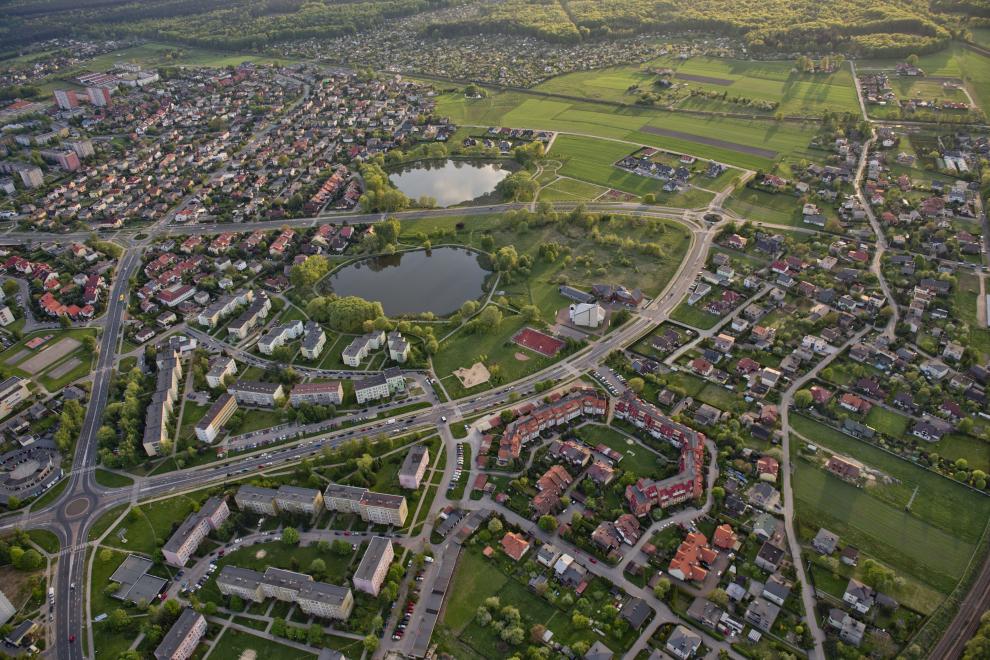
Tychy was established as a small agricultural settlement near the medieval trade route connecting Oświęcim and Mikołów. It was first mentioned in historical documents in 1467.
In the 17th century, it was one of the wealthiest villages in the Pszczyna poviat. From 1629, the Prince's Brewery operated here, hops and barley were grown, fishery, crafts and industry developed.
An independent forest office operated in the palace erected in the mid-17th century by Promniców. Until the mid-nineteenth century, Tychy was the property of feudal lords, headed by the so-called Pszczyna state. In 1870, the first railway line connecting Tychy with Katowice and Szopienice was built.
It was in Tychy on the night of 16-17 August 1919 that the first Silesian Uprising began, which ended with the insurgents taking over the village. During the plebiscite that was then organised, most residents voted in favour of belonging to Poland.
In the aftermath, Tychy began to develop and acquire the characteristics of an urban settlement. In the interwar period, as part of the autonomous Silesian Voivodeship, the population of Tychy increased to 11,000.
At that time, among others, a hospital, fire station, post office, school, swimming pool, bowling alley and chain of shops and restaurants were created. On January 1, 1934, Tychy obtained the rights of a municipal commune.
The war operations of 1939 did not cause much damage, because the main fights were conducted on section Mikołów - Wyry. During the war and as a result of extermination, however, over 500 city residents were killed.
The post-war history of the city began on October 4, 1950, when the Presidium of the Government decided to build Nowa Tychów (New Tychy). A year later the city was granted its city rights.
The first housing estate was built according to the design of Tadeusz Teodorowicz - Todorowski, and the next ones were the work of Kazimierz Wejchert and Hanna Adamczewska - Wejchert.
The expansion of Tychy was the result of plans to create housing facilities for the Upper Silesian Industrial District. Tychy was to become the first and largest city in the satellite system of the Upper Silesian agglomeration. The city developed very dynamically, attracting a number of important industrial investments, thanks to which it gained the status of an independent urban centre.
Source: Tychy Town Hall
Tychy is one of the largest cities in the Silesia Province, located in its centre. The city population as of Dec 2018 is of 127,831 inhabitants. It has an area of 81.64 square kilometres.
This is where the main communication routes - Warsaw-Cieszyn and Kraków-Wrocław intersect. Tychy is located at a short distance from two airports in Pyrzowice and Balice.
The companies present in Tychy represent, among others American, Japanese, Italian, German, Austrian and Polish capital. They mainly produce car accessories, diesel engines, steering systems, woodwork, packaging, lighting accessories, foodstuffs, and chemical products.
The largest investors’ list includes Fiat Auto Poland SA, Kompania Piwowarska - Tychy Brewery, Isuzu Motors Poland, ZPSO Rosa, Sertop Tychy, Agora Printing, Lear Corporation Poland II, Toyo Seal Poland, Huf Poland, Stora Enso PolandHager Polo sp. Z o. O.
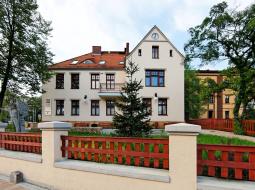
The city museum of Tychy is a place that connects the past with the present. The museum, thanks to the involvement of residents, collects invaluable testimonies of past and current years.
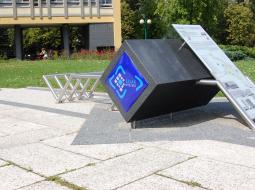
Along the route, you can learn about urban concepts throughout the post-war period. The trail consists of 13 items of "city furniture" and 10 information boards located near the most attractive places in the city
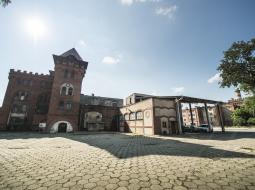
The Civic Brewery from 1895 is a beautiful industrial building from the late nineteenth century inscribed on the Silesian Trail of Technical Monuments - today a business, entertainment and cultural centre is being built. It is one of the tourist sites that the city is famous for.
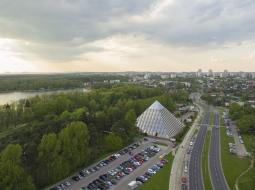
Tychy boasts many green areas – the parks, squares and historical forests of the Pszczyna princes, famous for their extraordinary richness of fauna and flora, constitute over half of the city's area. There is a total of 172 m2 of green areas and 7.2 m2 of urban greenery per inhabitant of the city.
The multitude of plein-airs, as well as the close location of the Paprocanskie Lake and many ponds, provide ideal conditions for rest, and relaxation. Numerous bike paths, forest tracks, outdoor gyms and playgrounds for children promote active leisure, they are a place for walks, exercises, cycling trips, horse riding, Nordic walking and many other forms of activity.